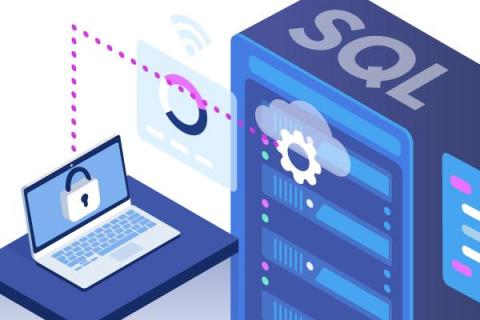The Journey to Processing PII in the Data Cloud
During the process of turning data into insights, the most compelling data often comes with an added responsibility—the need to protect the people whose lives are caught up in that data. Plenty of data sets include sensitive information, and it’s the duty of every organization, down to each individual, to ensure that sensitive information is handled appropriately.










